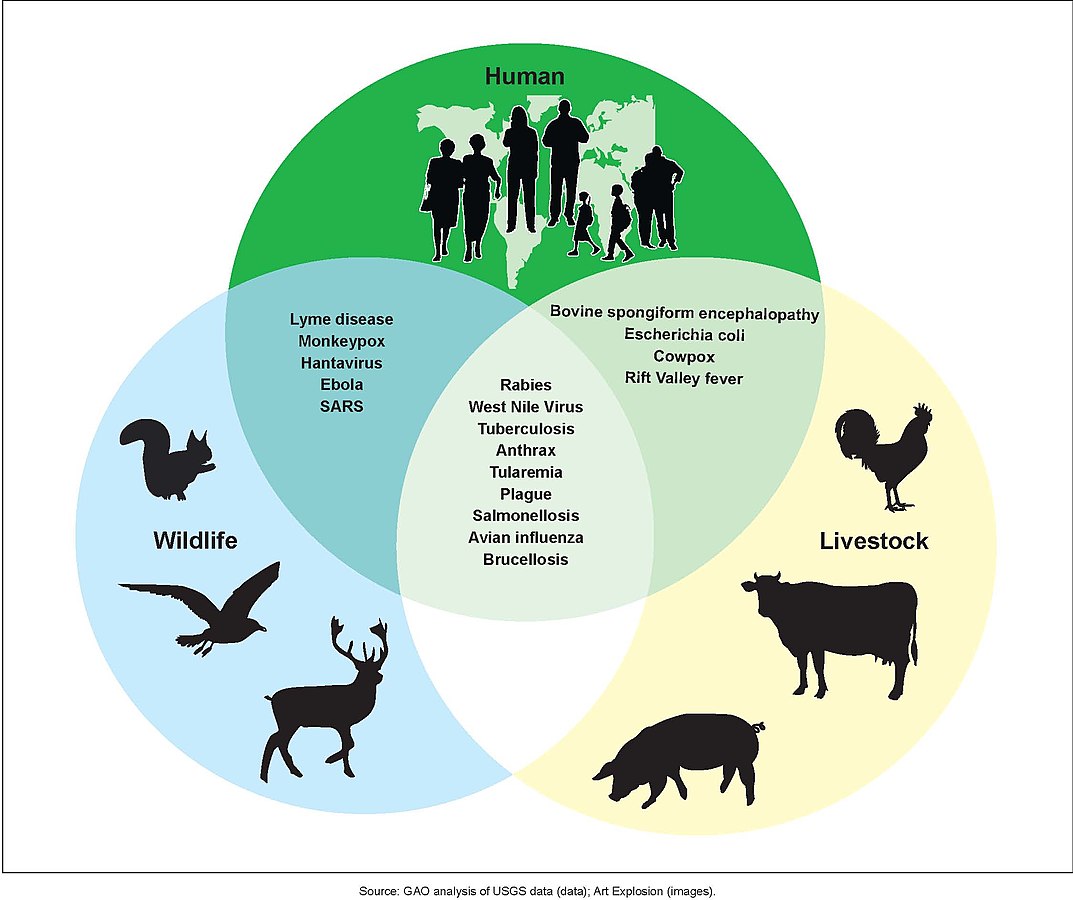Bio Toilets- Towards making India an open defecation free country
 Bio toilets have considerable advantages such as being highly suitable for harsh sub zero temperatures of Himalayan Region, Glaciers, Railway coaches, Buses, Highways, Remote areas, sea ports, Mining area, metro cities etc. They are also suitable for mobile applications and are maintenance free as it runs on a continuous biological process. It helps in overcoming the problem of pathogens and is economically viable. Using bio toilets limits dependency on conventional energy sources. The toilet is so light and easy to install that it can be made usable in less than 12 hours. Average life span is 50 years.
Bio toilets have considerable advantages such as being highly suitable for harsh sub zero temperatures of Himalayan Region, Glaciers, Railway coaches, Buses, Highways, Remote areas, sea ports, Mining area, metro cities etc. They are also suitable for mobile applications and are maintenance free as it runs on a continuous biological process. It helps in overcoming the problem of pathogens and is economically viable. Using bio toilets limits dependency on conventional energy sources. The toilet is so light and easy to install that it can be made usable in less than 12 hours. Average life span is 50 years.
The inoculums charging is to be done only once during the entire life of Bio Toilet. It also eliminates the need for connecting the toilet to sewage lines and septic tanks, elimination and disposal of sludge is also not required. Bio toilets are also immune to routine cleansing such as usage of soaps or phenyls.
In India, the Ministry of Drinking Water and Sanitation (MDWS) has signed a Memorandum of Understanding (MoU) with Defence Research and Development Organisation (DRDO) for implementation of bio-digester/bio-tank based eco-friendly toilets developed by DRDO, in Gram Panchayats. Willing States can implement the projects with technical assistance from DRDO.
The government of India provides initial funding and additional costs over and above that fixed under NBA guidelines plus that allowed under MGNREGS are to be met by the State Government.
Target 7c, set under Millennium Development Goals (MDG) 7, seeks to halve, by 2015, the proportion of people without sustainable access to safe drinking water and basic sanitation (based on 1990 data). This would imply that at least 54.7% of the rural households should have access to sanitation by 2015 to meet MDG target. India under the NBA seeks to make the country open defecation free by the year 2022.
As per the information available in the WHO/UNICEF report on ‘Progress on Sanitation and Drinking Water 2013 Update’, the use of sanitation facilities as a percentage of population was 34% in rural areas of the country. As per Census 2011 also, 32.67 % of rural households reported to have access to toilets. The National Sample Survey Organisation (NSSO) 69th round report released in 2013 has estimated that 40.6% of rural households have access to sanitation facilities.
“Nirmal Bharat Abhiyan (NBA) is a comprehensive programme to ensure sanitation facilities in rural areas with the main objective of eradicating the practice of open defecation and ensuring clean environment. The objective of NBA is to achieve sustainable behavior change with provision of sanitary facilities in entire communities in a phased, saturation mode with `Nirmal Grams` as outcomes. The goal of NBA is that all gram Panchayats in the country attain Nirmal status by 2022. The goal of the Twelfth Plan is that 50 per cent of the Gram Panchayats attain Nirmal Gram Status by the year 2017. Solid and Liquid Waste Management (SLWM) is one of the integral components of NBA.”
A bio toilet works on a simple mechanism employing anaerobic digestion. Anaerobic bacteria identified can work in temperatures as low as 5o C. The bacteria convert the waste into methane and carbon-dioxide. Since the process is anaerobic, pathogens are eliminated. Solar heating can also be used for maintaining optimum temperatures.
Such bio toilets can be mounted on a truck or trailer and moved from location to location as per requirement. In addition, the bio gas formed can be used for applications such as heating or cooking. In India, bio toilets have been introduced on experimental basis in Vishakhapatnam city, Andhra Pradesh. These come in two variants– fibre and stainless steel which cost Rs.1.25 lakh and Rs.6 lakh respectively.
The stainless steel ones are automatic and operate with a coin- ranging from 50 paise to Rs.10. The fibre toilets are free and were used for slums.
Image is for illustration only


